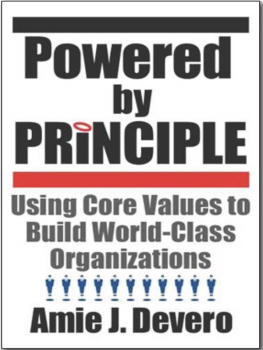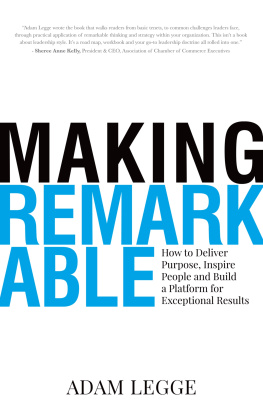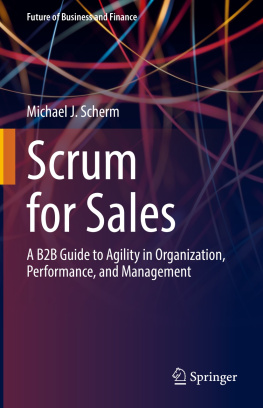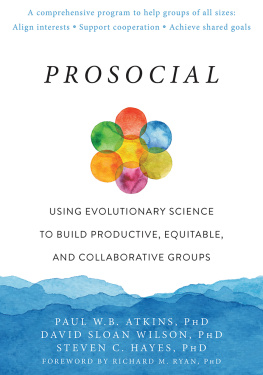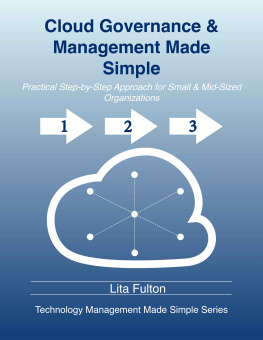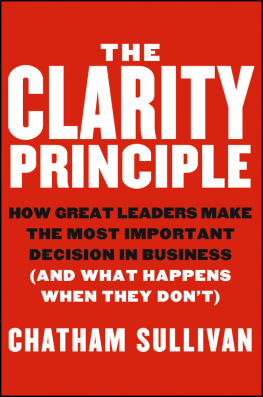POWERED BY PRINCIPLE
Using Core Values to Build
World-Class Organizations
Amie J. Devero
DOCTORZED PUBLISHING
www.doctorzed.com
No part of this book may be reproduced, stored in a retrieval system, or transmitted by any means without the written permission of the author.
First published by AuthorHouse, USA
2007 Amie J. Devero. All rights reserved.
eISBN: 978-0-9874676-1-4
This ebook 2nd edition published and distributed by DoctorZed Publishing,2012
www.doctorzed.com
Contents
Dedication
We benefit in profound and lasting ways from the work of millions of men and women who never stop striving for excellence despite the lack of applause, acknowledgement or thanks.
This is for all those unheralded champions.
Acknowledgements
There are many people to thank, since this book has been five years and two complete iterations in the making. My former business partner, Francis Wade, was the instigator, and in many ways an early coauthor. Without him the very idea of being Powered by Principle might never have emerged. I thank all of the clients who were in some ways guinea pigs for this approach, benefiting from, but also tolerating, the stumbling and missteps that accompany any developmental process. The CEOs who allowed me to interview them were exceptionally honest and forthcoming in sharing their own strengths, but most importantly, their failures. Their input was invaluable in every aspect of the development of the approach and the book.
Art Fyvolent, who is both a friend and a colleague, has always made me and my work look far better than it may really be through his impeccable design. Without the copy-editing help of Karen Andrews the final draft might have been inscrutable. I also thank my friend David Austin, who when no one else noticed my inertia, stepped forward to act as an elephant-like reminder of what I said I wanted to accomplish. The power of being held to account cannot be overvalued.
Many other friends have been coaches, hand-holders, shoulders to cry on, interim editors and trusted advisors: Isidro Fernandez, Barrett Spencer, John Foster, Hilary Andalman, Julio More Jr., Kirstin Johnson, my mother and father, both of whom played distinct roles in encouraging and critically cautioning me, my sister Andrea and many others along the way. Thank you all.
Introduction
Leges sinemoribus vanae (laws without morals are useless).
-Motto of University of Pennsylvania Law School-
I remember watching Wall Street, the Michael Douglas movie of 1987, and listening with a mixture of disgust and empathy to the Greed is Good monologue. At the time it seemed like a gross exaggeration of reality and I dismissed it as mere entertainment. Not too much later, in the mid-1990s, a television show called Survivor came to the airwaves. At first I thought it was a great idea. After all, what better way to measure real teamwork, cooperation, persuasiveness and innovation than by testing a groups ability to survive in a wild environment? Boy, did I ever have that wrong! Instead of encouraging these qualities, which I knew from experience made people and organizations successful, the show rewarded lying, cheating, backbiting, undermining and pure self-interest. Being a consultant who specialized in transforming organizational cultures, I felt nauseous and somewhat irrelevant every time I heard the show mentioned and it was mentioned incessantly in those early days. It seemed pretty obvious that something in my relationship to business was not very well-matched to a change that was taking place.
Of course, the trend was not limited to the world of entertainment. This was the beginning of rock-star CEOs and the huge salaries and bonuses for them, as well as for hedge- and other fund managers, star athletes and a host of other select categories of points out, we were aiming for a complete flattening, an inescapable interdependence of every market, country, currency and culture.
The advent of the Internet and of e-mail becoming available all over the world meant that while greed might still be good and the engine of capitalism, it was not delivering nearly enough to its little people, the worker. Fewer and fewer Americans were willing to do the work that had powered the industrial age, and many of those jobs had gone overseas twenty years earlier to countries where labor was cheap. But the discontent with rote work was spreading beyond the factory floor. Now service, telephone and agricultural work were also no longer satisfying. Greed being what it was, people wanted to make more money, and they wanted to have more fun doing it, as well. With the economy booming, technology companies spreading like an epidemic, IPOs and the new ability of ordinary people to become millionaire day-traders in their bathrobes, mega-distributors on eBay or real estate moguls in their spare time, organizations were suffering. The job market has never let up since then, and to this day remains tight despite the current strife in our economy. Getting good people to do good work is not as easy as it was in 1980.
Then it all hit the proverbial fan with the Enron debacle in 2001 and the loss of 20,000 plus jobs in one sweeping blow. Of course, that wasnt all. Soon WorldCom, Tyco and HealthSouth followed suit with their own ethics scandals. Even Americas homemaker extraordinaire, Martha Stewart, seemed to be operating with no moral or legal direction.
Now I need to make a detour in the story for this to make any sense.
At just around the same time as Enron, my former partner Francis and I started to make a discovery: organizations are not just collections of individuals. If they were, then developing those individuals into great, open-minded people would create great results for the company. Unfortunately, great individuals, even when banded together in an organizational chart, still just produce great results for themselves, not for the bottom line of the organization. This was distressing to us because we specialized in creating just those kinds of group transformations for organizations. But we soon found an alternative way to accomplish both the bottom-line improvements for our clients and the transformation in the individuals, including every level of employee.
Since the problem seemed to come from great people doing the wrong things, we wanted to know how they could learn which things were right so that they would choose to do those things. Our problem wasnt with them doing anything immoral or unethical, just stuff that didnt help the financial results of our clients. After a lot of research and testing, we stopped working on people and started working on strategy. But our approach was unique. We developed strategy with the executives using a method called Strategy Mapping, and then worked to make sure that every single employee knew and understood it, and most importantly, saw the way that their individual contribution drove that strategy. When people know why they are doing something they do it far better.
, and then Enron and all the other scandals unfolded. It wasnt long before our clients became pretty worried about their own ethical and legal standing. Since we were already helping with the development of core values as part of strategic planning, this concern naturally came to us. Over the course of the next few years we were able to find a way to bridge the huge conceptual gap that exists between what have been called core values and the arena of operations and financial metrics. For our own work, this marriage of domains was a personal and professional epiphany. Being able to help our clients produce measurable business breakthroughs while building organizations in which the people were satisfied, self-expressed, excited and producing real results well, nothing could have been more of a delight.
Next page
